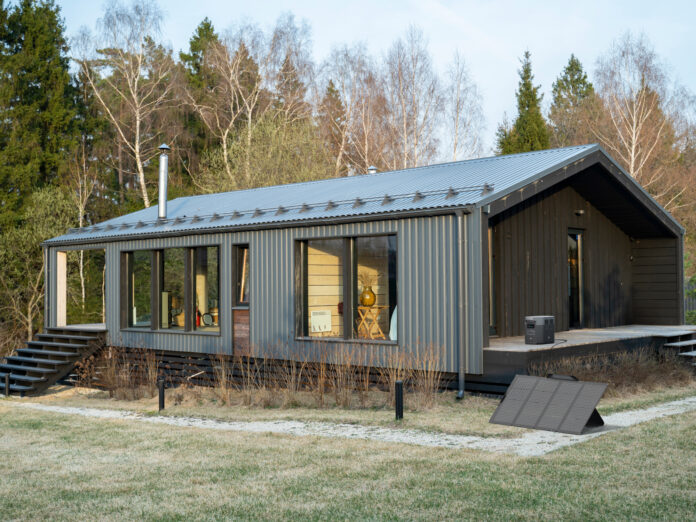Table of Contents
Building an off-grid cabin brings some unique challenges, ya know? You have to be completely self-sufficient for all utilities while being remote from traditional infrastructure. That takes a ton of planning and prep. Avoiding common mistakes is key to building your sustainable off-grid homestead successfully.
Having reliable off-grid power solutions like EcoFlow DELTA 2 Max solar panels and power stations ready from the start gives you essential energy independence. I mean, it provides serious peace of mind.
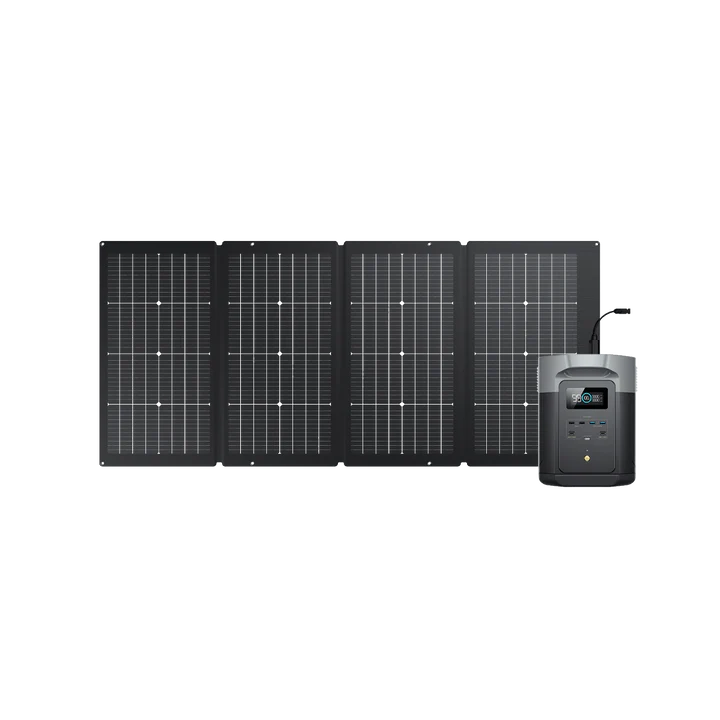
So here are 7 costly mistakes to steer clear of when building your dream off-grid cabin:
Introduction to Off-Grid Cabin Building
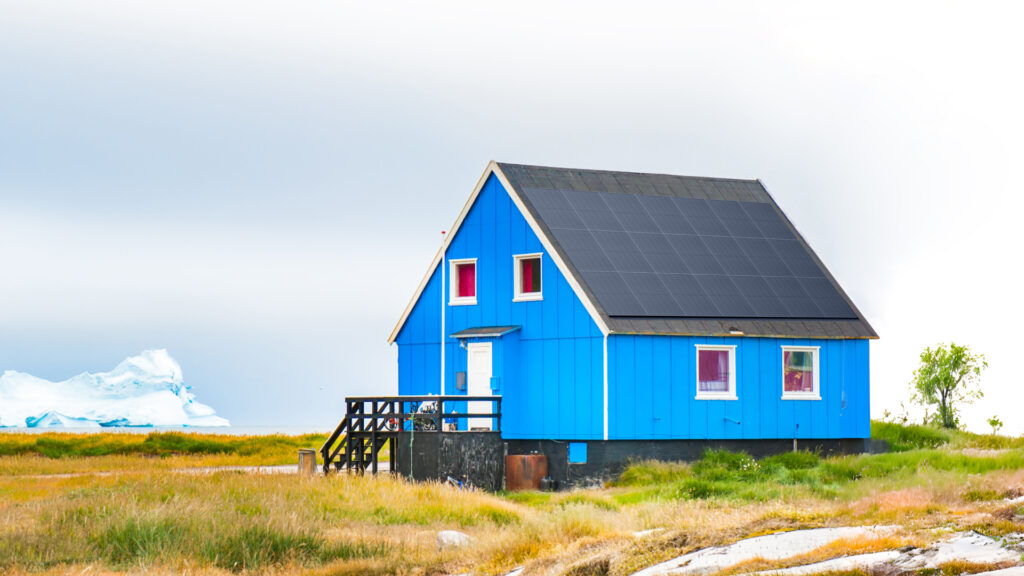
Deciding to build an off-grid home detached from the electric grid and sewage and stuff – that’s no small thing to take on. You gotta figure out how to supply all your basic needs like power, water, climate control, and security through self-contained, off-grid systems. And doing this in a super remote wilderness setting far from society makes it even more complicated.
It’s easy for first-timers to run into frustrating, expensive issues that can quickly turn off-grid dreams into a nightmare. Not having experience with off-grid building or not expecting challenges and costs can derail projects quickly. But knowing the common pitfalls others have faced can help you avoid making the same mistakes when building your independent cabin retreat.
So this guide covers the top 7 mistakes off-grid cabin builders often make – that way you can be prepared to take on your ambitious build successfully.
Mistake 1 – Choosing the Wrong Location
Choosing the right location is one of the first yet most important steps when building an off-grid cabin. This key decision affects so many things down the road, so you gotta thoroughly look at everything before picking a site.
You need to carefully check stuff like how much sun the spot gets if there’s a year-round water source nearby, what the terrain is like, local building rules, and possible risks from wildlife. Jumping on a site just because it seems convenient or budget-friendly can easily backfire and cause major headaches later on.
Here are some key factors to evaluate carefully about potential locations:
- Sun Exposure – How much direct sunlight does the site get daily and yearly? Not enough sun limits using solar power systems.
- Water Supply – Is there a freshwater lake, stream, well on, or super close to the property? You need water access off-grid.
- Accessibility – How remote is it? Can you realistically get heavy building materials and equipment there? Nearby dirt/gravel roads are ideal.
- Terrain – Is the property uneven, rocky, sloped, or hard to build on and get to? The best sites are relatively flat and open.
- Building Codes – Research local zoning rules, permits required, and any off-grid building restrictions before buying land.
- Wildlife Issues – Assess risks like wildfires, flooding, big predator animals, and extreme weather based on the location.
Taking time upfront to thoroughly check out locations and local conditions before deciding helps avoid expensive rework, delays, or even total project failure later on. Don’t underestimate the importance of location when taking on an ambitious off-grid cabin build.
Mistake 2 – Underestimating Your Budget
One of the most common and detrimental mistakes new off-grid homebuilders make is drastically underestimating the total budget required to complete their cabin. Many factors can lead to grossly underestimated budgets on initial plans, causing major financial issues.
When building a fully detached and self-sufficient cabin in the wilderness, you have to account for much more than just basic structure construction costs. Off-grid utility systems, site preparation, special equipment rentals, permitting, and labor must all be budgeted for accurately.
These additional items quickly add up and can easily escalate a project budget by 50-100% more than initially estimated by inexperienced DIYers. Be sure to pad your total budget estimate generously, at minimum adding 50% over your best-case projection to cover contingencies and overages.
It’s also critical to allocate an ample budget for foundational off-grid living systems like your solar and battery bank power setup. This includes solar panels, charge controllers, inverters, and backup EcoFlow DELTA 2 Max power stations. Having sufficient energy independence budgeted from the start prevents power-related delays down the road.
Creating a detailed build budget spreadsheet that itemizes all aspects of the project with contingencies is important. Identify areas that often turn out costlier than expected, like site excavation, utility installs, and finishing work. Leaving buffer room in the budget for surprises alleviates financial stress when additional costs inevitably arise.
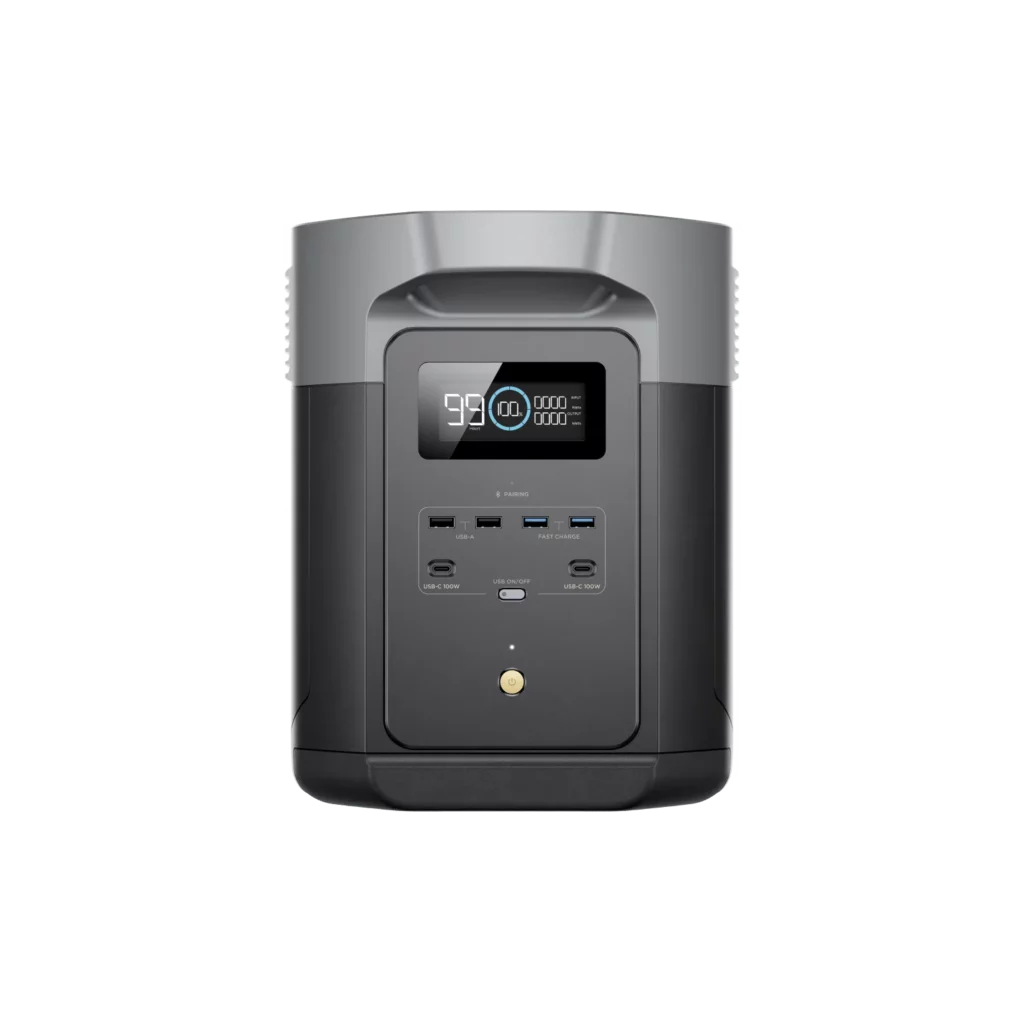
Mistake 3 – Prioritizing Utilities Improperly
When planning utility and amenity systems for an off-grid cabin, it’s essential to focus first on the core basics for daily living. Water supply, passive heating/cooling, and electrical systems should take priority in your build timeline and budget.
Once you have secured an adequate water source and supply, installed solar panels and EcoFlow DELTA 2 Max power stations, and implemented passive climate control systems, additional utilities and comfort features can be added.
A common beginner mistake is wanting to jump right into installing creature comforts like a full kitchen, entertainment system, or spa bathroom. But until you have the basic living essentials like water, power, and thermal regulation handled, these are unnecessary luxuries that divert time and money.
Follow this general order of priority when planning and budgeting utilities for your off-grid cabin build:
- Water – Secure water supply like a well, storage tanks, filtration
- Climate Control – Passive insulation, ventilation, thermal mass
- Electrical – Solar panels, batteries, charge controllers, EcoFlow DELTA 2 Max power
- Wastewater – Septic or composting toilet system
- Cooking – Basic stove, propane
- Lighting – LED lights, DC-powered
- Appliances – Refrigeration, washing, etc.
- Creature Comforts – Entertainment, spa bathroom, etc.
Investing in sufficient solar power capacity with an adequate battery bank including EcoFlow DELTA 2 Max lithium stations must be high on your list to live comfortably off-grid. Power everything else off your stable solar energy system.
Mistake 4 – Skimping on Insulation
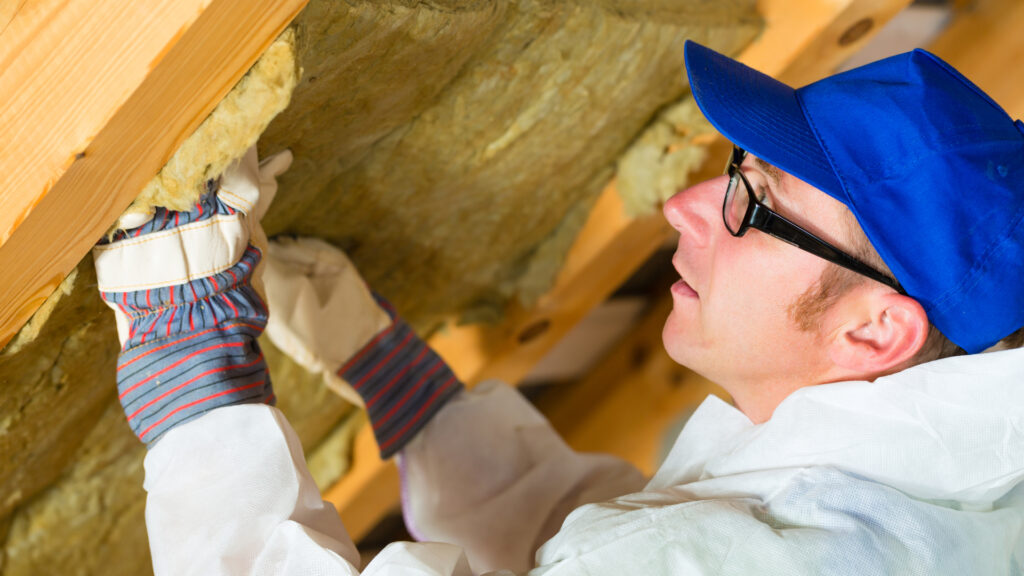
One of the keys to making an off-grid cabin thermally efficient and comfortable year-round is proper insulation. When you don’t have access to conventional climate control utilities, insulation can regulate interior temperatures.
However many DIYers underestimate how heavily insulated an off-grid structure must be to maintain livable conditions in extreme weather. It’s recommended to aim for insulation R-values of at least R-20 for walls and R-30 for ceilings. This often requires doubling up on standard insulation with techniques like spray foam.
Proper weatherproofing and sealing of the building envelope is also critical. Air leaks can render insulation useless if outside air flows freely into living spaces. Caulk and seal the entire cabin meticulously during construction to prevent indoor temperature fluctuations.
Mistake 5 – Not Accounting for Site Preparation
Off-grid cabins are often built in remote wilderness areas on raw land. One major budget and labor consideration that builders often overlook at first is the amount of site preparation required before actual structure construction can begin.
Tasks like clearing trees/brush, leveling, excavating, trenching, grading for drainage, erosion control, and installing long access roads easily rack up high costs if not properly accounted for. The raw land will require extensive work to make it suitable for active building and inhabitance long-term.
Research local equipment rental costs for necessary tools like excavators, graders, and bobcats. Factor rental fees for the heavy equipment you’ll need for weeks or more of site prep. This also guides decisions like whether to clear the full property or just where the cabin footprint will sit.
Consider the space needed for optimal solar access, a drainage field for the septic system, a well-water pump house, and vehicle access paths in planning your site usage. Rushing into construction before undertaking proper site preparation work can lead to expensive rework down the line.
Mistake 6 – Overlooking Security Concerns
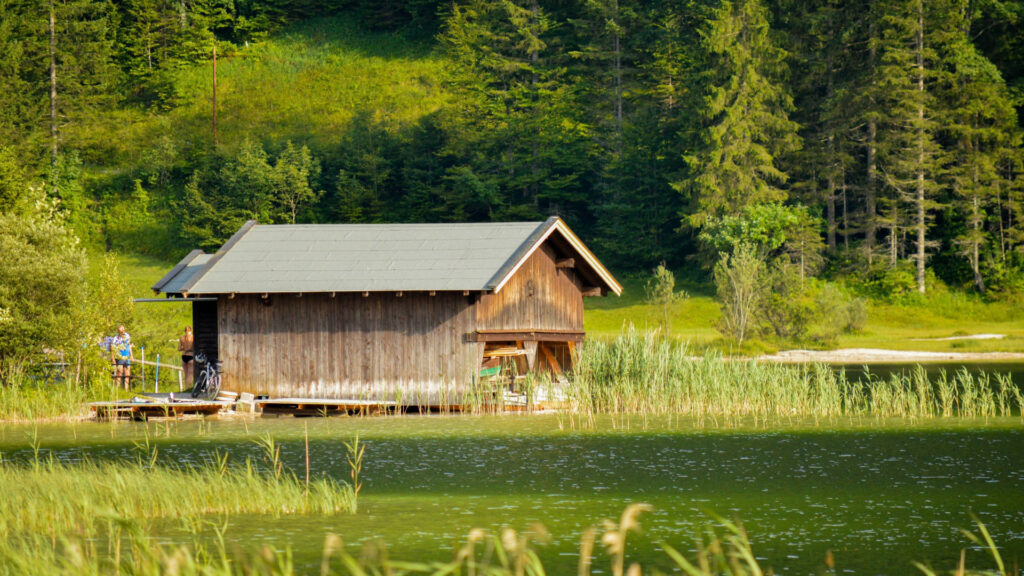
Off-grid cabins are often built in very remote locations far from other homes and people. This isolation raises unique security considerations that must be factored into building plans and budgets upfront.
Perimeter lighting around the full property, security alarm systems on entry points, and reinforced secure exterior doors and walls should all be included in initial cabin plans for peace of mind.
Dedicated off-grid power sources like solar panels and EcoFlow DELTA 2 Max stations ensure your security system stays powered and operational even in a grid outage. For maximum protection, building a secure safe room or bunker on-site provides an emergency refuge in extremely dangerous situations if needed.
The remote nature of most off-grid homesteads makes enhanced security measures beyond those in populated areas a wise investment. Outlining plans and budgets for security early in your cabin build provides significant risk reduction and preparedness.
Mistake 7 – Attempting Too Much DIY
It’s wise to do as much of the construction and finishing of your off-grid cabin yourself as your personal skills allow. Doing it yourself saves tremendously on labor costs. But also recognize limits and outsource specialized work you aren’t equipped for.
Attempting highly complex systems like solar power, electrical wiring, septic installation, and pouring concrete foundations as a DIY novice is asking for trouble. These require years of training and experience to execute properly and safely.
Hiring local skilled pros you can directly oversee is prudent for technical tasks well beyond your expertise. The cost is often worth avoiding dangerous mishaps down the road. EcoFlow DELTA 2 Max provides complete plug-and-play solar power systems, avoiding the need for hazardous electrical work.
Focus your sweat equity on the building tasks better suited for motivated amateurs like framing, roofing, insulation, painting, and interior finish work. Leverage professional guidance selectively for key infrastructure you won’t want to redo later.
Conclusion
Building your own off-grid cabin from scratch is an extremely ambitious yet liberating undertaking. Avoiding common pitfalls like poor site choice, lowballing budgets, skimping on insulation, and ignoring security considerations sets you up for success rather than frustration.
